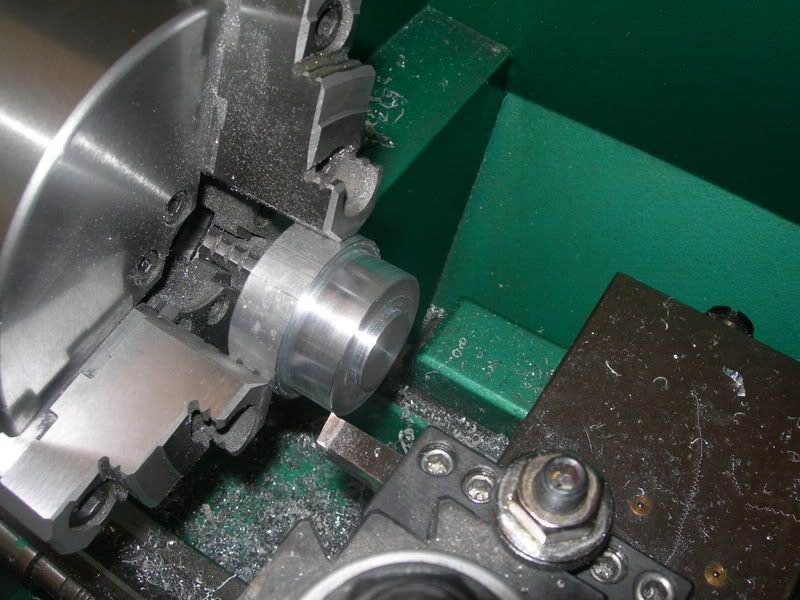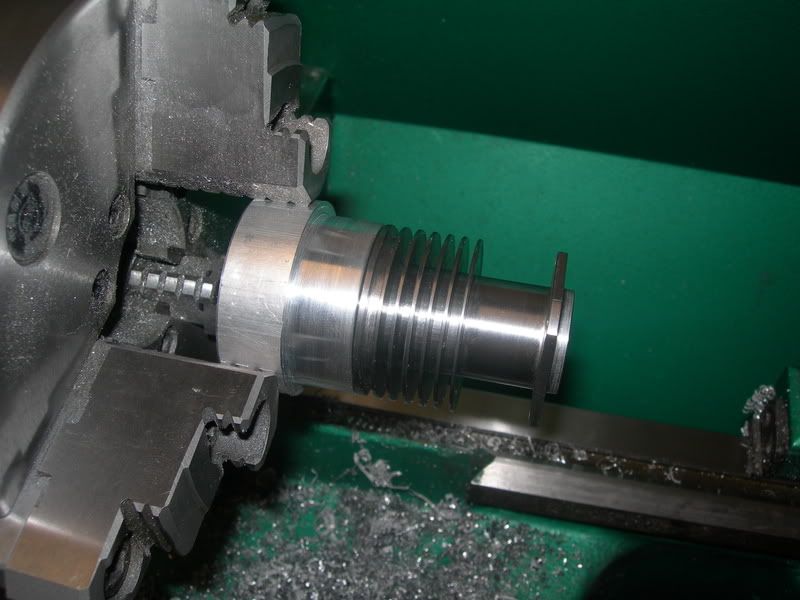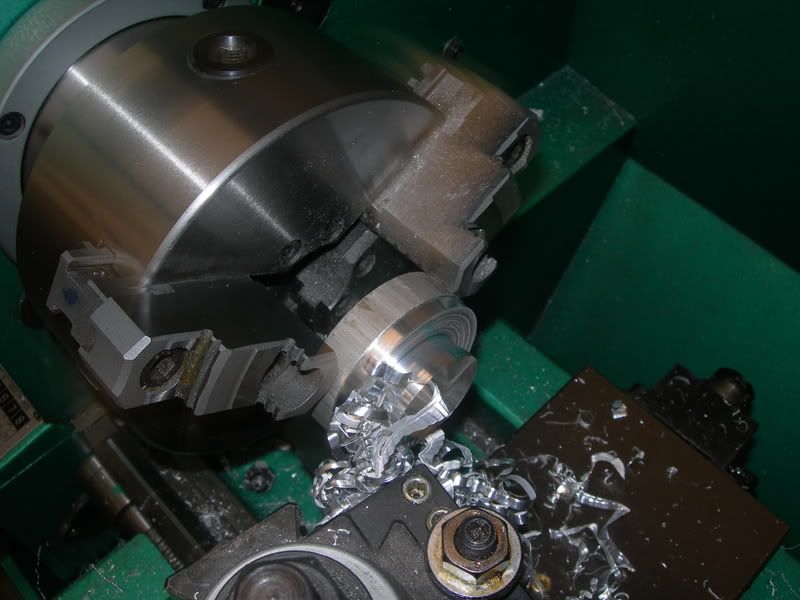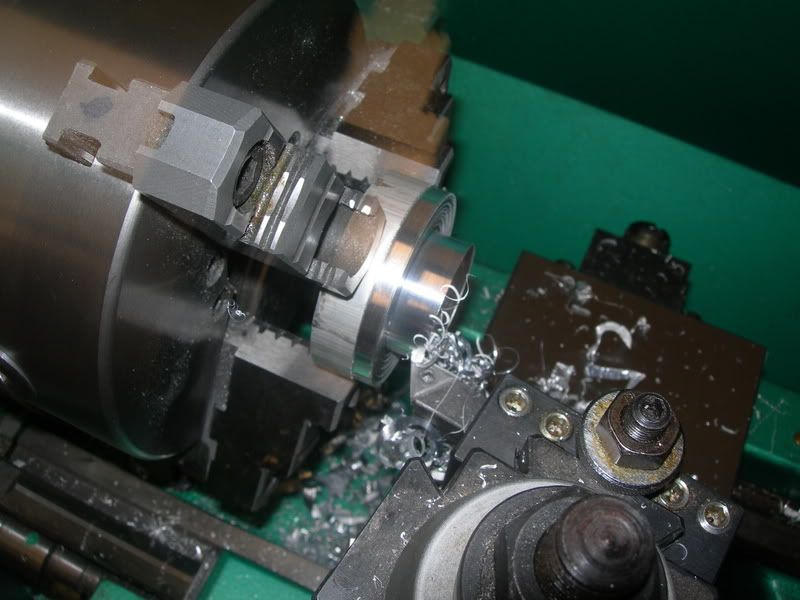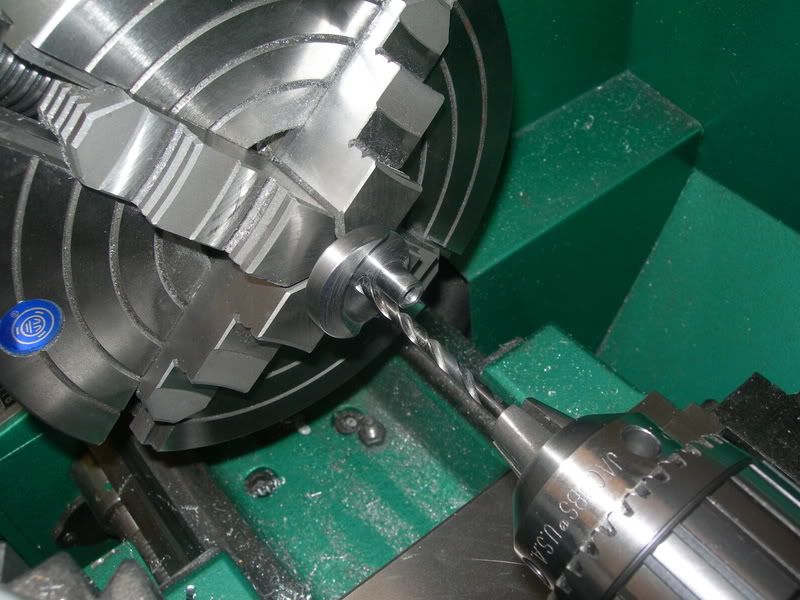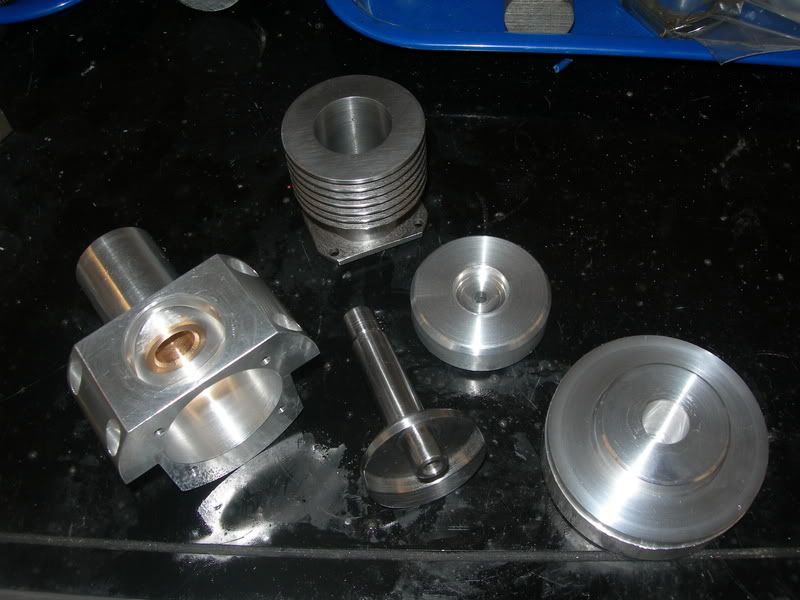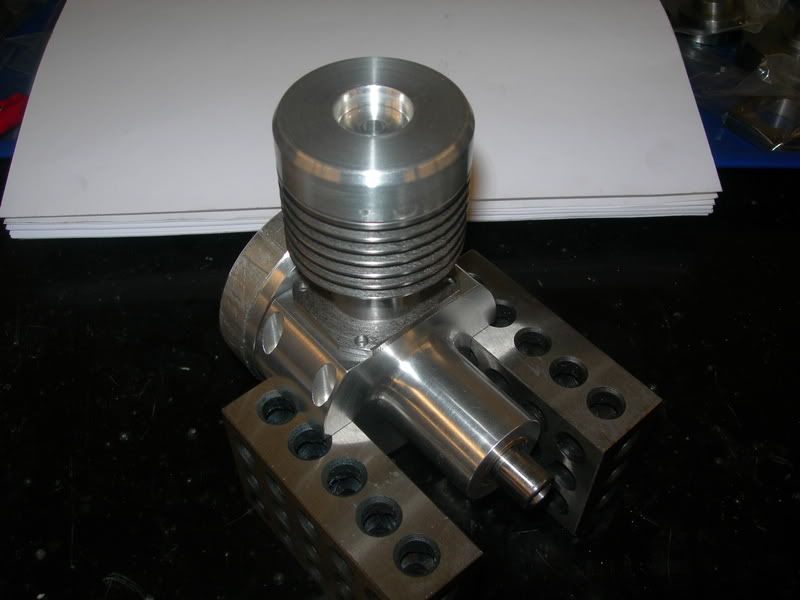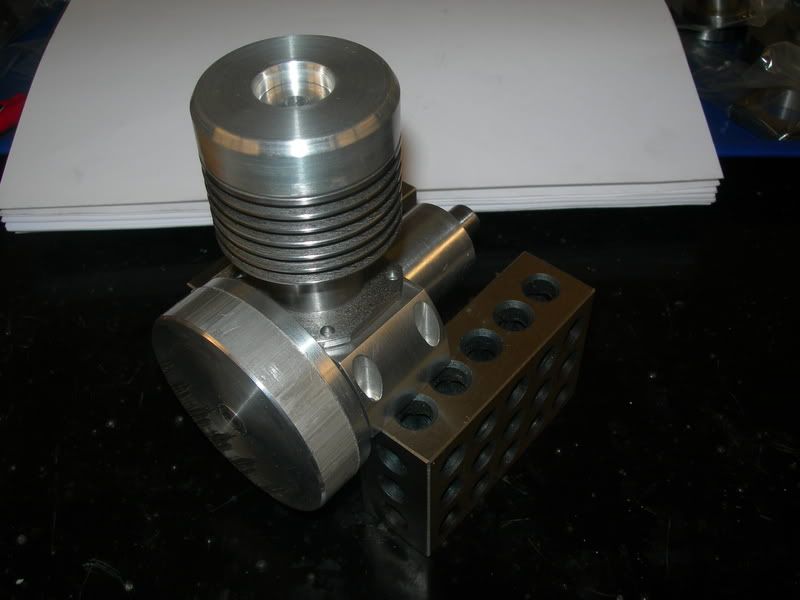WE,
Yes mixing your own fuel will be very much cheaper, especially since you already have the required ingredients available.
I used to mix most of my own, however, it is now very difficult to get hold of METHANOL, and especially NITROMETHANE here in the UK thanks to government restrictions on the distribution of such chemicals (largely due to ILLEGAL DRUG FACTORIES with regards to METHANOL and, since NITROMETHANE is also classed as an explosive, TERRORIST THREAT).
CAN'T HAVE ANY FUN NOWADAYS...



:big: ;D ;D
So what is required?
There are only three basic ingredients required, namely: -
OIL...... either pure CASTOR OIL, SYNTHETIC RACING OIL or better still a 50%+50% mix of the 2.
METHANOL (METHYL ALCOHOL).
NITROMETHANE.
A good general running mix would be: -
18% -20% oil (CASTOR, SYNTHETIC or a blend of both, as above).
5% - 10% NITROMETHANE.
remainder % METHANOL.
MIX BY VOLUME.
I would suggest for your first runs that you use the higher oil content and the lower NITRO content.
Once run in for an hour or so you can then increase the NITRO, and reduce the OIL.
Some commercial fuels use an additional CHEMICAL DYE additive, YELLOW, RED GREEN etc, mainly to identify the PARTICULAR MIX FORMULA, whilst others may also contain some anti-foaming agent (e.g. LIQUID POLYMER RESIN as used in CAR POLISH).
In either case only a few drops (per GALLON) are introduced.
Neither contribute anything to the running capability and some DYE materials, such a HY-VIZ red, can actually stain the engine metal. So best left out in my book.
A note on the OIL...... SYNTHETIC oil is much cleaner to use but breaks down more readily, especially if you get a LEAN mix, which will result in much higher running temperatures when it will break down completely and not protect your engine.
CASTOR oil does not break down (in fact it gets better with high temperatures and lean mixture), however, it is much dirtier to use and will coat your engine with a thin layer of brown gunge which can be difficult to remove.
By using a BLEND of both oils you get a cleaner running mix but with the added protection of the CASTOR at higher, LEANER, running temperatures.
On a slightly different note: -
Your coaxial indicator can also be used as a very accurate TRAMMING tool.
Place an accurate flat plate on your machine table and use one of the long,curved end, probes to sweep around the top surface, almost at the max dia. This will get over the problem of the table slots.
A good source of an accurate flat plate is a brand new DISC BRAKE rotor (disc) which are not very expensive to purchase from a motor factor.
These are machined (very often SURFACE GROUND) to very high tolerance with regard to being flat and with both sides parallel, certainly close enough for the purpose.
If necessary, gently clamp it to the table via it's centre hole using low profile clamps, but generally they are heavy enough not to need clamps (given the low forces being applied by the probe) and TRAM away.
Just another idea to let you play with your gift.
Best regards.
Sandy.
;D ;D ;D ;D












































![DreamPlan Home Design and Landscaping Software Free for Windows [PC Download]](https://m.media-amazon.com/images/I/51kvZH2dVLL._SL500_.jpg)
















![MeshMagic 3D Free 3D Modeling Software [Download]](https://m.media-amazon.com/images/I/B1U+p8ewjGS._SL500_.png)


